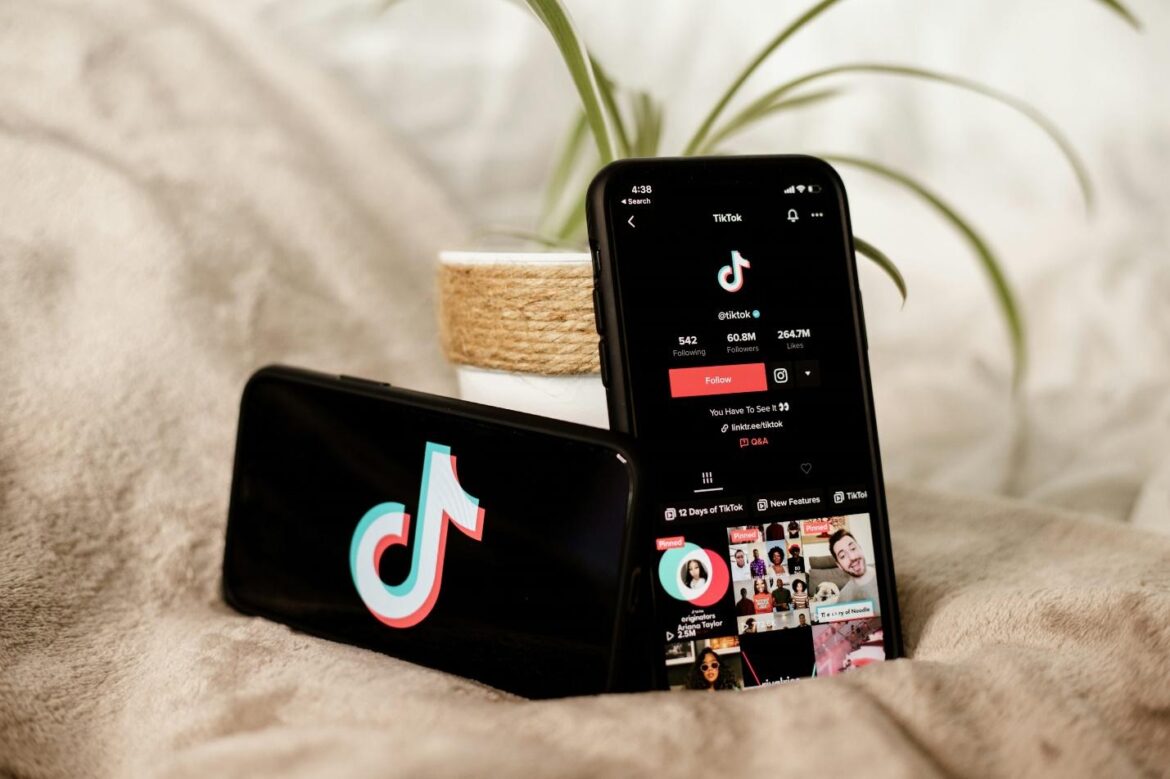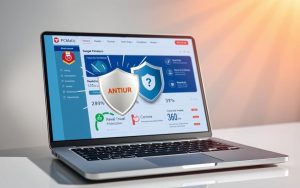Table of Contents
Marketers are constantly challenged by fast-paced trend-setters whose impact on audiences is considerable. The online environment allows trends to come and go, creating a pattern of stepping in and riding the wave of a current movement. We’ve reached such speed in marketing change that social media platforms like TikTok are delivering new products and services quite
often as they’re picked up by influencers.
However, this way of doing things is like a double-edged sword. Although a company can significantly increase its fame and boost profits, this can only happen if it’s fast enough to adapt to new trends. Throughout the years, we’ve witnessed massive companies that failed to innovate, bringing them to the end of a competitive era. Kodak, Nokia, and Yahoo are some of the most notable examples.
Fortunately, governments are seeing the opportunities presented by companies leveraging influencer marketing, which is why the EU has created the European Influencer Marketing Alliance. Let’s explore its details.
EIMA as a new member of the EU authority
As influencer marketing is one of the leading strategies for companies to leverage their advertisements, the European Influencer Marketing Alliance (EIMA) focuses on gathering these standards and connecting associations and influencers, such as Savanta market research, to develop the regulatory landscapes and make the sector more sustainable and ethical.
The body is required to consider how different social media regulations tend to be across the continent. For instance, Germany enforces stricter guidelines for influencers as they must specifically showcase their promotional content. On the other hand, countries like France and Italy are still developing their regulatory frameworks.
At the same time, finding a balance for similar regulations in different industries might pose serious challenges regarding inconsistencies and legal pitfalls. However, the marketing strategy unification has several methods to overcome them:
- Spread awareness to ensure brands and influencers are well-informed about regulations;
- Support collaborations among competitors to promote effective marketing strategies;
- Work on balancing regulations to unify the alliance’s influence;
- Ensure transparency and accountability to ensure ethical standards;
Why is this influencer marketing alliance so important?
Considering how new influencer marketing is in our digital world, we may not have taken it seriously, but it’s grown up to be consistent. According to Statista, the global market value reached millions of dollars in the past years as platforms expanded and allowed social media influencers to leverage them for profit and grow their audiences.
TikTok and Instagram are the first social media apps that influencers use to advertise products and services and engage with their audiences. Therefore, making this practice safe is done by the EIMA through the following:
- Increasing credibility in influencers’ practices;
- Making brands’ marketing approaches more efficient;
- Supporting influencers through the regulatory landscape;
How do companies use influencer marketing to their benefit?
Influencer marketing has had one of the biggest impacts on business administration as an advertisement strategy. It has brought people closer to companies through influencers, who are some sort of intermediaries, as they make organisations seem more human.
Let’s take an example to showcase how this works. Gymshark has mostly gym and workout clothes, has partnered with influencers who have an active lifestyle and has gathered impressive audiences who follow them for workout advice. They sent influencers gym clothes for them to try on and offered them discount links only for fans.
Therefore, companies need to:
- Choose the influencers whose messages resonate the most with their brand image;
- Create a marketing strategy that blends together with the influencer’s approach;
- Approach a long-term strategy instead of working with influencers towards one-off campaigns;
Influencer marketing has multiple benefits
Influencer marketing is efficient because it speaks to a modern audience. It provides customers with an accurate description of the product or service and offers them special discounts. This type of marketing ensures increased brand awareness for companies because, through the influencers’ social media posts, your brand taps into new customer segments, attracting more attention.
At the same time, such a marketing strategy builds authority around your brand, boosting your visibility on search engines. Your company can become a trusted source among a limited number in your industry.
But what’s most important is that influencer marketing enhances customer engagement, one of the most important factors in boosting your brand image. Influencers are professionals at interacting with their audiences, whether through replaying their comments or talking to them on live streams. Therefore, they’re efficient at increasing customer lifetime value (CLV).
Still, influencer marketing faces some challenges
Influencer marketing has yet to figure out every aspect of its operations, considering its newness in the market. This is especially true since influencers from different countries approach marketing based on culture and changing trends.
For example, the lack of transparency in these marketing strategies is barely now being discussed and solved, as for some time, influencers have not disclosed their brand relationships. Social media apps like Instagram have recently introduced a feature for influencers to showcase their paid partnerships, and they must opt for it.
On the other hand, measuring ROI with influencer marketing can be difficult since there’s no direct link to purchases, and metrics are volatile. Indeed, companies can instead choose to include a number of impressions or compare the earned media against competitors.
Another prominent challenge is finding the right influencers. Considering their increasing number, reaching for one is time-consuming since you must communicate back and forth with them and check their content and audience to ensure they can fit your company culture. However, with artificial intelligence becoming more accessible, marketers can now leverage for it to analyse databases and social media posts to come up with a list of the influencers that could pose a great collaboration option.
What do you think about the regulation of influencer marketing?
Influencer marketing has grown in popularity in the past years as it has become part of the new era of jobs. Companies now collaborate with influencers to promote their products and services and expand their customer audience. Considering this dynamic, the EU created a new department for regulating the activity, the European Influencer Marketing Alliance, to help both parties comply with regulations and be protected.









